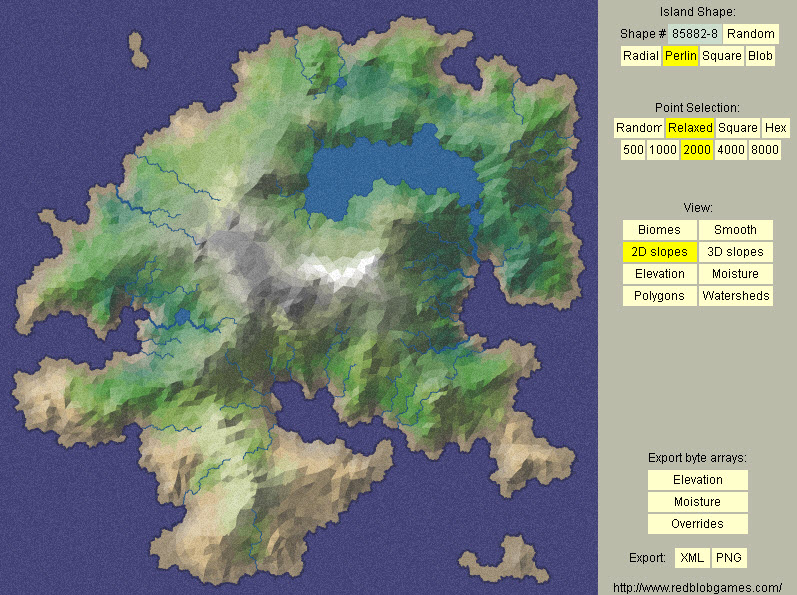

GDW also used a hex grid map in mapping space for their science-fiction RPG Traveller.Ī few abstract games are played on a hex grid, such as They were used in the Dungeons & Dragons boxed sets of the 1980s and related TSR products. The hex map has also been popular for role-playing game wilderness maps. The hex grid is a distinguishing feature of the games from many wargame publishers, and a few other games (such as The Settlers of Catan). Roberts of the Avalon Hill game company published the second edition of Gettysburg with a hex map. The hex map has been a favourite for game designers since 1961, when Charles S. A three-colour grid aids in visualising this movement, since it preserves the traditional chessboard's property that pieces moving diagonally land only on cells of the same colour. The four directions of diagonal movement are likewise replaced with the six directions that lie through vertices of the cell these "diagonal" movements travel along the edge between a pair of adjacent cells before arriving at another cell. For example, hexagonal chess replaces the four directions of orthogonal movement (along ranks and files) with the six directions to adjacent cells, through cell edges. Games that traditionally use the four cardinal directions, or otherwise suit a square grid, may adapt to a hex grid in different ways. POV-Ray render mimicking Fallout 's trimetric projection and hexagonal grid. Instead, paths in these directions, and any other path that does not bisect one of the six cell edges, will "zig-zag " since no two directions are orthogonal, it is impossible to move forward in one direction without moving backwards slightly in the other. As a result, no hex cell has an adjacent hex cell lying directly east or west of it, making "horizontal" movement in a straight line impossible. Commonly, cells will form continuous straight lines "up" and "down", or "north" and "south", in which case the other four adjacent cells lie "north-west", "north-east", "south-west" and "south-east". One disadvantage of a hex map is that hexes have adjacent cells in only six directions instead of eight, as in a square grid map. The other advantage is the fact that neighbouring cells always share edges there are no two cells with contact at only a point. This equidistant property of all adjacent hexes is desirable for games in which the measurement of movement is a factor.
By comparison, in a square grid map, the distance from the center of each square cell to the center of the four diagonal adjacent cells it shares a corner with is √ 2 times that of the distance to the center of the four adjacent cells it shares an edge with.

The primary advantage of a hex map over a traditional square grid map is that the distance between the center of each and every pair of adjacent hex cells (or hex) is the same.


 0 kommentar(er)
0 kommentar(er)
